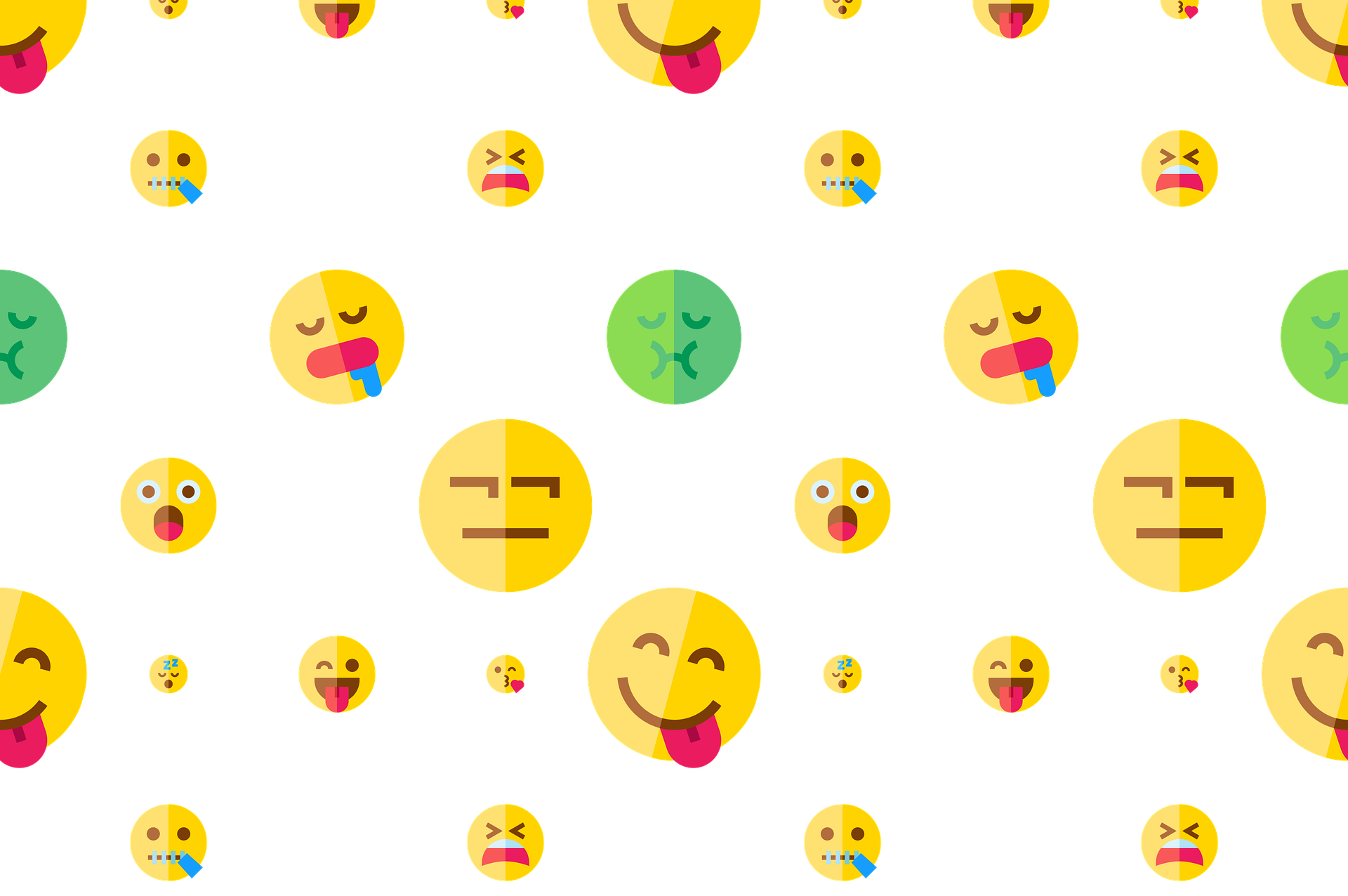Media release
From:
The Royal Society
Human sickness detection is not dependent on cultural experience
Proceedings of the Royal Society B: Biological Sciences
Animals can detect early cues of infection in conspecifics, thereby reducing the risk of contamination. It is unknown, however, if humans can detect cues of sickness in people belonging to communities with whom they have no or limited experience. A new study shows that humans across the world, from hunter-gatherers to urban dwellers, can detect that an individual is sick from the face alone, even when the face belongs to a person from a community with whom they have no or minimal social contact. Importantly, experience with people from the community does not enhance detection capacity suggesting that facial sickness detection does not require culture-specific experience.
Attachments
Note: Not all attachments are visible to the general public.
Research URLs will go live after the embargo ends.

Research
The Royal Society, Web page
The URL will go live after the embargo ends.
Journal/
conference:
Proceedings of the Royal Society B: Biological Sciences
Organisation/s:
The University of Melbourne
Funder:
This work was supported by a Netherlands Organization for Scientific Research (NWO) Vici grant (Project number 277-70-011) awarded to A.M., who was also supported by an Ammodo KNAW Award and from a grant from the Swedish Foundation for Humanities and Social Sciences Grant (NHS14-1665:1) (toN.B. and A.M.). A.A.was funded by a grant from the Swedish Research Council (2018-01603). M.J.O. was funded by grants from the Swedish Research Council (2012-1125) and (2016-02742), and from the Swedish Foundation for Humanities and Social Sciences Grant (P12-1017). M.L. and J.A. were funded by the Stockholm Stress Center (2009-01758).



 Australia; VIC
Australia; VIC



